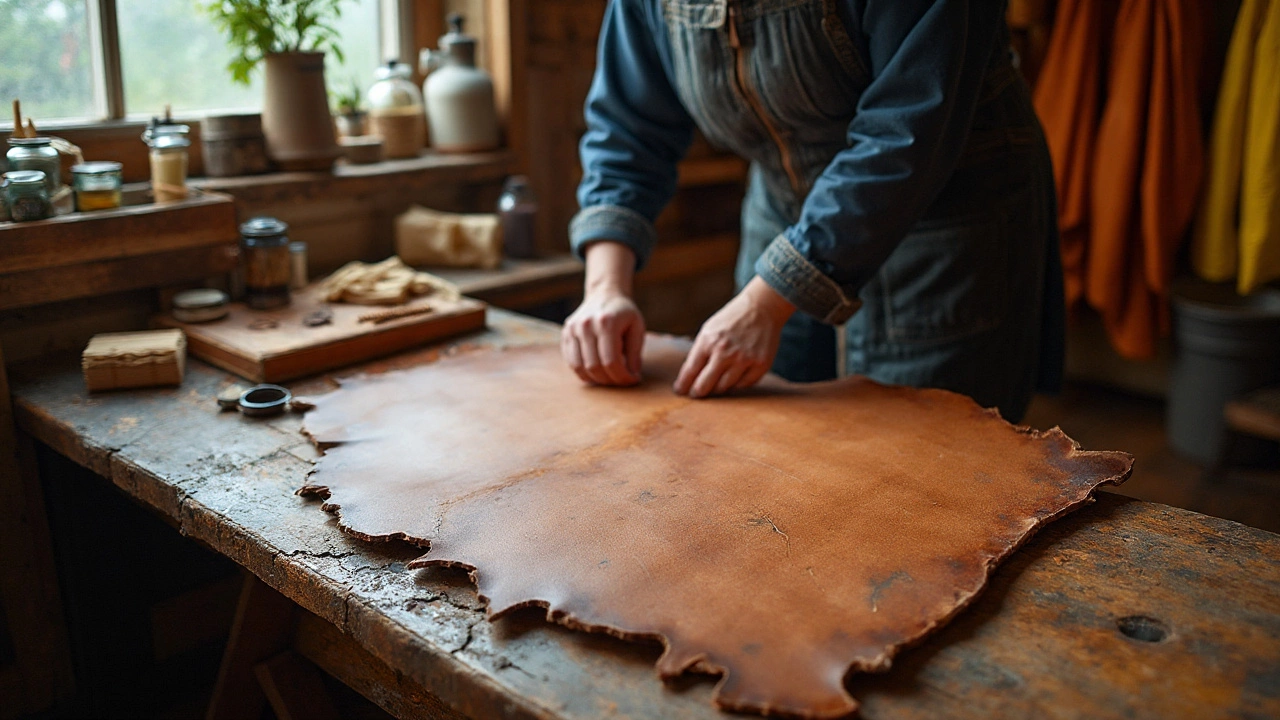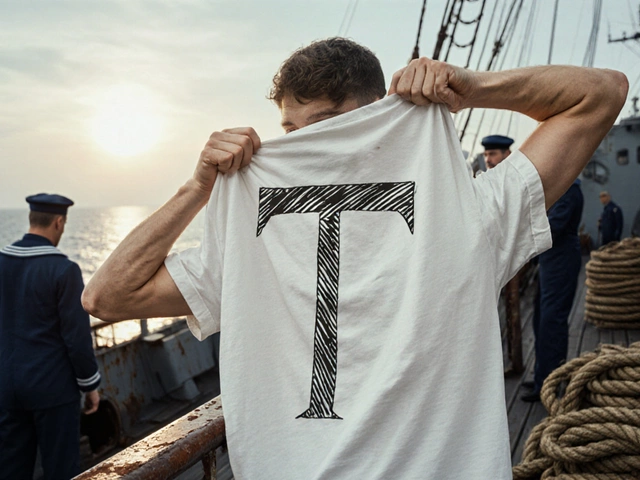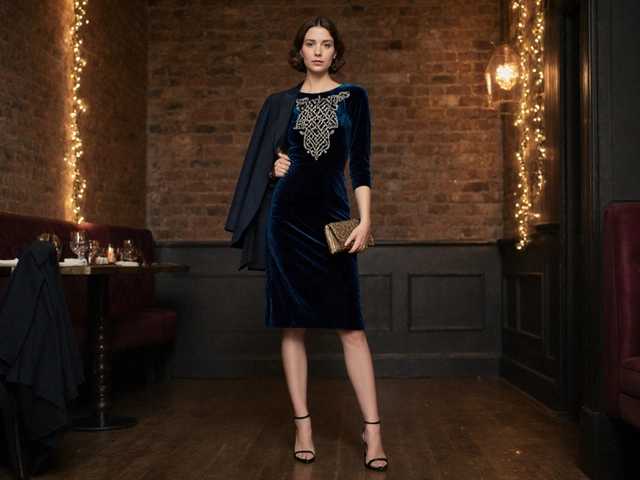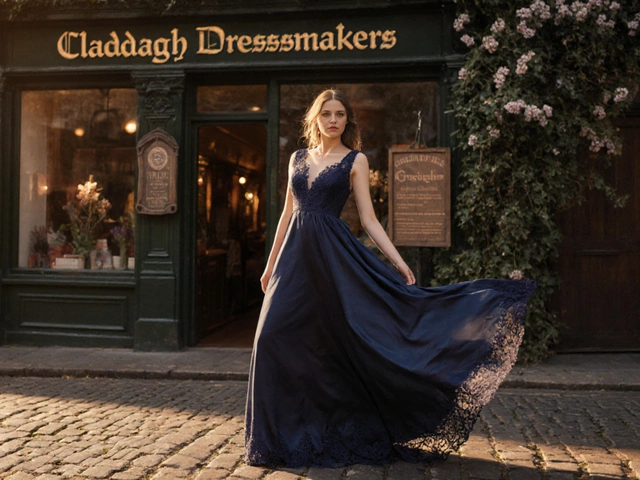Shopping in Ireland, you want leather that survives rain, salt spray, and a quick dash for the Luas without cracking or staining. So, which wins: cow or pig leather? Here’s the short answer up front; after that, we’ll go deep on durability, comfort, price, care in Irish weather, and what to buy from shops in Dublin, Cork, Galway, and online.
Cow leather is a bovine hide material prized for strength, thicker fiber structure, and long-term wear, commonly used for boots, bags, belts, and furniture. Compared with that, Pig leather is a porcine hide material known for visible triad pores, high breathability, and light weight, widely used for shoe linings, casual footwear, gloves, and small goods. If you’re deciding for the Irish market-wet commutes, rural mucky fields, weekend city breaks-each has a sweet spot.
TL;DR
- Cow leather: tougher, thicker, ages nicer; best for boots, belts, structured bags, and sofas in busy Irish homes.
- Pig leather: lighter, more breathable, good value; ideal for shoe linings, casual trainers, and gloves.
- Rain reality in Ireland: cow leather (properly finished) resists scuffs and puddles better; pigskin shines for comfort inside the shoe.
- Price: pig leather goods usually cost less; cow leather costs more but lasts longer when cared for.
- Ethics & safety: pick EU REACH-compliant, Leather Working Group-rated tanneries; ask Irish retailers for sourcing details.
What cow leather brings to Irish life
Think of Galway races, a soggy sideline in Salthill, or limestone lanes near the Burren-cow leather handles that kind of abrasion better. The fiber structure is denser than pigskin, so it resists tearing and deep scuffs. For footwear uppers, common thickness runs around 1.2-2.0 mm for boots and 1.0-1.4 mm for dress shoes. That extra body means it holds shape in Dublin downpours and dries without going floppy if you care for it.
In shops from Brown Thomas to independent cobblers in Cork, you’ll see cowhide in everything from sturdy brogues to tote bags. It patinates-meaning it develops a richer colour and sheen-especially if it’s full‑grain. On Irish pavements that can feel like sandpaper in winter, that matters. Cow leather also pairs well with waterproof membranes in outdoor boots (think the classic country styles you see at Irish fairs), because the leather can handle repeated wetting and drying if conditioned.
Bottom line: cow leather is the go-to for heavy use. It’s why many premium Irish boots for fields and festivals go cowhide on the outside and softer leather inside.
Where pig leather shines (and where it doesn’t)
Pigskin has those tell‑tale pores in groups of three. That porous structure creates brilliant airflow, so feet feel less clammy on a humid bus to Limerick or a summer wander around Westport. It’s light and flexible, making it perfect for shoe linings. You’ll also find it in casual trainers, gloves, and smaller wallets where low weight and a soft hand matter.
Because pigskin is thinner on average, it’s less abrasion‑resistant. If you’re stomping around a muddy pitch or wear the same pair for most of the year, expect quicker wear on the toe and heel than comparable cowhide. In Irish rain, it drinks water faster unless it’s heavily finished or corrected. That’s fine for a lining or a city shoe, less ideal for a Donegal bog walk.
Where pigskin excels: comfort, value, and breathability. Where it lags: ruggedness and long‑term structure in harsh weather.
Use‑cases in Ireland: which is better for what?
- Boots for Irish rain and farms: pick cow leather uppers. If you do a lot of wet hiking, hunt for a sealed welt and a waterproof lining. Pigskin is great for the lining, not the outside.
- Work shoes for office‑to‑pub: cow leather uppers hold polish, shrug off scuffs, and keep shape on slick paving. Pigskin lining boosts comfort for long days.
- Bags for daily commute: cow leather for structured totes and messenger bags; it resists corner wear better on the train to Maynooth or cycle lanes along the Grand Canal.
- Wallets and small leather goods: pigskin is a neat value option; it’s light in a jacket pocket, though high‑end Irish makers still prefer calf (cow) for luxury feel.
- Jackets: both show up, but cowhide offers more abrasion resistance for motorbikes or rough wear. Pigskin suede is soft for casual jackets if you’re not out in mist all day.
- Upholstery in busy Irish homes: choose coated cowhide for sofas-kids, pets, and the odd spilled tea are more forgiving on it than on pigskin.
| Attribute | Cow leather | Pig leather |
|---|---|---|
| Typical use | Boots, dress shoes, bags, belts, upholstery | Shoe linings, casual uppers, gloves, small goods |
| Durability (abrasion/tear) | High; denser fiber; better on Irish pavements | Moderate; thinner; wears faster at stress points |
| Water performance | Good with proper finish and care; tolerates rain cycles | Fair; absorbs faster; best as lining or casual dry‑day wear |
| Breathability | Moderate | High (distinct triad pores) |
| Feel & ageing | Patinates beautifully (esp. full‑grain) | Softer, lighter; less dramatic patina |
| Price in Ireland | Mid to high (€120-€300+ for quality footwear) | Lower to mid (often €60-€150 for casuals) |
| Best pick for rain | Yes, with finishing and care | No, except as lining |
Leather grades and tanning: the part most people skip
You’ll see terms like full‑grain, top‑grain, suede, and finishes like vegetable‑tanned or chrome‑tanned. These matter more than the animal in many cases.
Full‑grain leather is a top surface of the hide with the natural grain intact, strongest part with best ageing and breathability. Whether it’s cow or pig, full‑grain will last longest and develop the best character. In Ireland, a full‑grain cowhide boot can outlive a top‑grain pigskin boot by years if you keep it conditioned.
Top‑grain leather is a slightly sanded grain layer that removes surface defects, then finished for uniform look and better stain resistance. Top‑grain is common in smarter Dublin dress shoes since it buffs clean after a rainy walk down Grafton Street.
Suede and nubuck come from split or lightly buffed grain surfaces. They feel lush, but in a Cork drizzle, they drink water unless you spray a protector. This is where cow vs pig matters less-finishing trumps species.
Vegetable tanning is a tanning method using plant tannins (from bark/leaves) that produces firmer leather with rich patina, often slower to make and more premium. Veg‑tan cowhide belts or bags from Irish makers age beautifully and smell like proper leather-great gifts from craft fairs in Kilkenny or Galway.
Chrome tanning is a tanning method using chromium salts that yields softer, more water‑tolerant leather with fast production and consistent colour. Most everyday shoes in Ireland are chrome‑tanned for practicality-especially when wet weather is standard.
Sustainability, safety, and the Irish context
Irish shoppers increasingly ask about chemicals and animal welfare. In the EU, REACH is a European Union regulation that restricts hazardous substances in products, including chromium VI in leather. Look for retailers who confirm REACH compliance; large Irish department stores and reputable online sellers typically do.
On the tannery side, Leather Working Group is a global certification body that audits tanneries for environmental and traceability standards (Bronze, Silver, Gold ratings). Choosing LWG‑rated leather-cow or pig-reduces your risk of poor wastewater management and guarantees better process control. Many European tanneries supplying Irish brands carry LWG ratings.
For animal welfare and sustainability claims on Irish shelves, look for provenance info and ask questions. Ireland’s agri‑food sector is tied to Bord Bia and Origin Green programmes; while those focus on food, the mindset of traceability carries over to hides sourced from local cattle. You won’t see the same traceability for pigskin products in fashion here-most are imported-so rely on the retailer’s sourcing notes and certifications.

How to spot quality in Irish shops
- Check the grain: true full‑grain cowhide shows irregular pores and fine scars; pigskin shows pores in triads. Perfect plastic‑looking grain usually means heavy correction.
- Bend test: flex the leather near the toe. Fine little wrinkles that spring back are good; deep cracks mean it’s too dry or poor quality.
- Smell: a clean leather scent beats a strong chemical odour. If it smells of solvents, pass.
- Ask for tanning and origin: LWG‑rated tannery? EU made? Shops in Dublin and Cork are used to these questions now.
- Price sanity: a full‑grain cowhide boot with a stitched construction and a lined interior will rarely be bargain‑bin cheap. If it’s unusually low, something’s been cut.
Care in Ireland’s damp climate
Rain won’t kill good leather, but neglect will. Use this routine for cow or pig leather and your gear will keep its looks from Dingle to Derry.
- Dry right: packed with newspaper or cedar shoe trees, away from radiators. Heat bakes oils out.
- Clean salt and grit: wipe with a damp cloth after coastal walks on the Wild Atlantic Way. Salt crystals scratch.
- Condition: a small amount of cream every 4-8 weeks for cowhide boots worn in rain. Pigskin linings rarely need heavy conditioning-just keep them clean.
- Protect: water‑repellent spray for suede/nubuck; wax/cream for smooth leather. Reapply after a downpour or every few weeks in winter.
- Polish: build a thin wax layer on toe and heel for cowhide dress shoes; it sheds Dublin drizzle better and looks sharp for meetings.
Price and value in the Irish market
Cow leather costs more due to hide size and demand. In Ireland, quality cowhide footwear often lands around €120-€300+ depending on construction and brand. Pigskin casuals and linings keep prices accessible-think entry‑level dress shoes or everyday trainers under €150. Bags follow a similar pattern: structured cowhide totes command more; pigskin small goods bring value for money.
If you want one pair to wear hard-rain, daily walking, weekend trips-spend the extra on cowhide. If you’re building a rotation or need breathable linings, pigskin saves money without killing comfort.
Related concepts you’ll bump into
- Sheepskin: super soft, great for slippers; not as tough for Irish kerbs.
- Goat (kidskin): fine‑grained, strong for its thinness; lovely for gloves.
- Nubuck vs suede: both need spray protection here; nubuck starts from the grain side, suede from splits.
- Patent leather: shiny coated finish; wipes clean in rain but can feel stiff.
- PU/Synthetic: cheap and uniform; waterproof on day one but can crack and won’t patinate.
Decision guide: choose by job, not by debate
If your main job is “survive Irish weather,” pick cow leather for the outside, pigskin for the inside. If your job is “lightweight and breathable city shoe,” pigskin uppers are fine. For “investment bag or sofa,” cowhide-ideally full‑grain or a durable top‑grain finish. That simple map saves money and regrets.
Next steps for Irish buyers
- Pick the use‑case: rain boots, dress shoes, casuals, bag, or sofa.
- Set the spec: full‑grain if you want patina; top‑grain if you want stain resistance; suede/nubuck only if you’ll spray regularly.
- Check certifications: ask for LWG‑rated tannery and EU REACH compliance.
- Do the shop‑floor tests: grain, flex, smell, and construction (stitching clean, edges sealed).
- Plan the care kit: cedar shoe trees, neutral cream, protector spray, soft cloth.
And yes, if you’re only here for one line to remember: cow vs pig leather isn’t a battle-use cow for weathered wear, pig for comfort and value.

Frequently Asked Questions
Is cow or pig leather more durable for Irish weather?
Cow leather. Its denser fiber structure resists abrasion and holds shape better through repeated wetting and drying. Pigskin absorbs water faster and scuffs sooner as an outer material. Pigskin works brilliantly as a lining inside the shoe, where breathability matters more than weather resistance.
Does pig leather smell different from cow leather?
Quality pigskin and cowhide both smell like leather when properly tanned. If you notice a strong chemical smell, that’s about finishing and solvents, not the animal. Look for EU REACH compliance and reputable retailers in Ireland to avoid harsh finishes.
Can pigskin be waterproofed for Irish rain?
You can improve water resistance with sprays and creams, but pigskin remains more absorbent than cowhide. For regular wet use-commuting, countryside walks-choose cow leather uppers with a protective finish and keep pigskin for the lining.
Is pig leather cheaper than cow leather in Ireland?
Usually yes. Pigskin goods and linings help brands offer lower prices, especially for entry‑level dress shoes and casual footwear. Cowhide, especially full‑grain, costs more but can last much longer if you condition it and let it dry properly after rain.
How can I tell pigskin from cowhide in a Dublin shop?
Check the pores. Pigskin shows pores in tight clusters of three (triads). Cowhide pores are more random and finer. Also, pigskin often feels lighter and a bit more spongy; cowhide feels denser and holds sharper edges on cuts and stitching.
What leather grade should I look for in Irish rain?
Full‑grain cowhide is ideal for durability and ageing. Top‑grain with a practical finish is a solid second for stain resistance. If you love suede or nubuck, commit to a good water‑repellent spray and expect more upkeep in winter months.
Are there safety standards for leather sold in Ireland?
Yes. EU REACH regulation limits hazardous substances like chromium VI in leather. Many European tanneries also hold Leather Working Group (LWG) ratings. Ask Irish retailers about compliance and certifications-reputable shops will have answers.
Will pigskin linings make my shoes last longer?
They won’t extend outsole life, but they improve comfort and moisture management, which can keep the interior fresher and reduce odour. For longevity of the shoe itself-especially the upper-cowhide quality and construction matter more.
Is cow leather always better than pig leather?
No. Cow leather is better for outer durability, structure, and weather resistance. Pigskin is better for breathability, light weight, and price. Match the leather to the job: cow outside for rain and scuffs, pig inside for comfort.
Leather in Ireland is a consumer and craft market influenced by wet climate, EU safety standards, and a mix of imported and locally designed goods.





